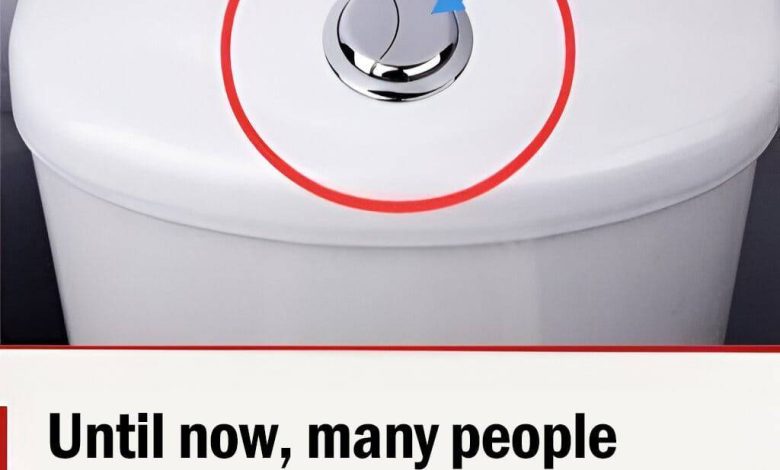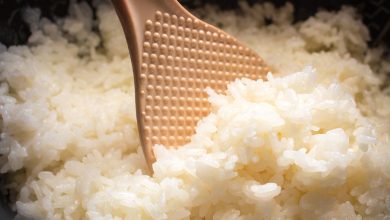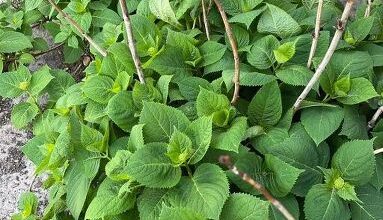Some People Still Think These Two Buttons Are Only For Flushing

While many people still believe the two buttons on a dual-flush toilet are simply different ways to flush, they represent a clever design that plays a crucial role in water conservation. These aren’t just your average flush mechanisms; they’re a testament to innovative engineering aimed at reducing water waste and promoting sustainability. Let’s delve into the mechanics and benefits of dual-flush toilets, and explore why understanding their operation is so important.
What Exactly is a Dual-Flush Toilet?
Dual-flush toilets are distinguished by their two buttons or levers, typically one smaller and one larger. These buttons aren’t just for show; they activate distinct flushing mechanisms designed to release different volumes of water based on the type of waste being flushed. The larger button is designed for solid waste, employing a more powerful flush that uses approximately 6 to 9 liters of water. This ensures effective removal of solid waste. The smaller button, on the other hand, is optimized for liquid waste, using a more economical 3 to 4.5 liters of water. This lower volume is perfectly adequate for liquid waste, significantly reducing water consumption.
A Simple Idea, Profound Impact
The underlying principle is remarkably simple: two separate exit valves connected to the corresponding flush buttons. By consciously choosing the appropriate button, users actively participate in water conservation with every single flush. While this might seem like a small, almost insignificant action, the cumulative effect across households and communities is substantial. This seemingly minor change has far-reaching implications for both individual water bills and the overall health of our water resources.
A Look Back: The Origins of the Dual-Flush
The concept of the dual-flush toilet wasn’t born overnight. It was the brainchild of American industrial designer Victor Papanek, who introduced the idea in his influential 1976 book, “Design for the Real World.” Papanek’s vision was to create more environmentally conscious and resource-efficient products. It wasn’t until 1980 that the dual-flush toilet was first implemented in Australia. This adoption was driven by Australia’s long-standing experience with drought and its commitment to water conservation.
Just How Much Water Can Be Saved?
The potential water savings from dual-flush toilets are quite impressive. A typical household that switches to dual-flush systems can potentially save up to a staggering 20,000 liters of water each year compared to traditional single-flush toilets. This represents a substantial reduction in water usage, particularly valuable in regions facing water scarcity or drought conditions. Furthermore, reduced water consumption directly translates to lower water bills for homeowners, providing a tangible financial benefit alongside the environmental advantages.
The Dual Benefit: Environmental and Financial
While the initial cost of installing a dual-flush toilet might be slightly higher than that of a conventional toilet, the long-term benefits far outweigh the initial investment. The significant water savings translate into lower utility bills, making it a financially sound choice. Beyond the individual financial advantages, dual-flush toilets contribute to broader environmental sustainability. By minimizing water waste, they reduce the burden on local water supplies and wastewater treatment facilities, contributing to a healthier ecosystem.
The Confusion Factor: Why Aren’t They More Widely Understood?
Despite the growing prevalence of dual-flush toilets, a surprising number of people remain unsure about how to use them correctly. Often, a lack of clear and readily available instructions contributes to this confusion. Many people simply default to using the larger flush button regardless of the type of waste, negating the water-saving benefits of the system.
The Correct Way to Use a Dual-Flush Toilet
To maximize water conservation, proper usage is essential:
- Smaller Button: This button is specifically designed for liquid waste. It might be indicated by a symbol like a half-circle, a small raindrop, or other visual cues.
- Larger Button: This button is reserved for solid waste. It is often physically larger or marked with a distinct symbol, such as a full circle or a larger raindrop, to differentiate it from the smaller button.
Why Proper Usage Matters
Water is a precious and finite resource. Its conservation is paramount in addressing the challenges of climate change and resource depletion. Dual-flush toilets offer a simple yet effective way for individuals to actively participate in water conservation efforts. By adopting this straightforward practice, we can collectively make a significant positive impact on the environment while simultaneously saving money.
Beyond the Flush: A Step Towards Sustainability
Dual-flush toilets represent more than just a modern bathroom fixture; they embody a commitment to a more sustainable future.
Understanding and utilizing them correctly empowers individuals to conserve water, reduce their environmental footprint, and save money in the process. So, the next time you encounter those two buttons, remember that they’re not just for flushing—they’re a small but powerful tool for safeguarding our planet’s most vital resource.




